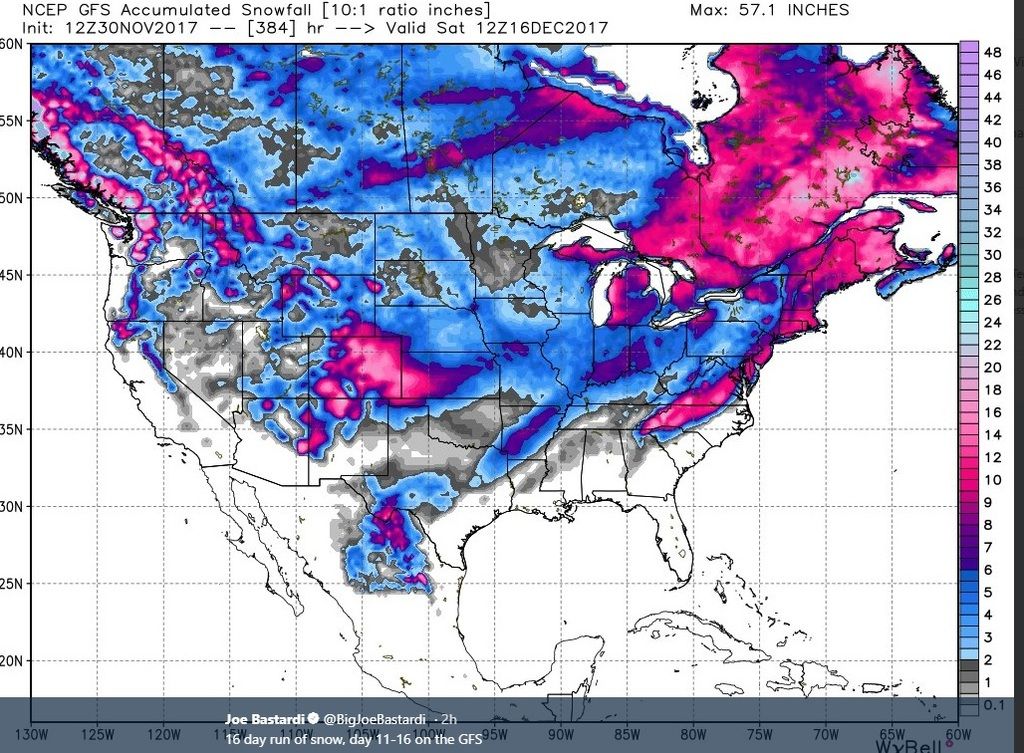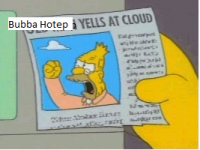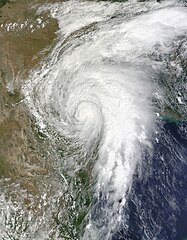#379 Postby Brent » Thu Nov 30, 2017 4:57 pm
Really good AFD from FWD
The extend part of the forecast continues to advertise a pattern
change that will end the warm spell and bring us a prolonged
period of near normal temperatures. However, the various model
guidance continues to display an unusually large amount of
variance from run to run and each other. The differences are a
result of how the models handle the PV anomaly that drops into the
western part of the trough Tuesday. Some solutions keep a sharp
positive tilt upper trough that moves from northwest to southeast
across the country while others break off the energy into a closed
low and either move it out into the Pacific and leave it there or
eventually bring it eastward. In any case, the evolution of the
upper trough is critical to both just how much cold air makes it
into the region and our rain chances (especially behind the
front).
The reason why the evolution of the trough is so critical to the
temperature forecast in this pattern, is because the center of the
trough will be positioned to our east, meaning we and the Plains
are on the backside where subsidence and warming off of the Rocky
Mountains will be tremendous. Shift that trough a few hundred
miles farther west, and the subsidence warming will not impact the
source region of our air and it will be colder. On today`s set of
model runs, it is the GFS that is the coldest, while the ECMWF
and Canadian are much warmer. These models have all been trading
places the last few days.
So what we DO know is that the front looks like it will arrive
Tuesday morning with temperatures dropping into the 50s during the
day behind it. There will be a good chance of rain along and just
behind the front as moisture and instability look sufficient for
some scattered convection to develop. There could even be an
isolated thunderstorm too. Lows will likely fall into the 30s or
40s by Tuesday night, but this will depend on whether we clear out
or not.
The GFS, with more troughing farther west than all of the other
models today, does show a second wave of isentropic lift behind
the front Tuesday night and Wednesday which would result in some
precipitation well behind front. Because this solution is
plausible will show some low chances of rain, but since this lift
occurs at a fairly high level of the atmosphere where moisture
quantity is limited, it would keep QPF very low and less than
0.10". The GFS also does indicate rain changing to snow where
precipitation is heavy enough because the airmass it shows is very
cold aloft. It is the warm air in the lowest 5000 feet of the
atmosphere that is the missing ingredient to get worried about a
snow event. That`s not to say that snow flakes would not be
possible, but we would have to rely upon the cooling effects of
latent heat absorption from melting/evaporating precipitation to
get surface temperatures cold enough for snow to reach the ground.
In other words, the chance of seeing snow is a long shot that
relies on precipitation intensity since the low levels just don`t
look cold enough in a traditional sense. Furthermore the chance
of this being a snow event with impacts to society are just barely
above zero, so there is really no reason to get worried about it.
Chances of rain will certainly end by Wednesday night as all model
solutions by this time show the lift ending and/or dry air in
place. Temperatures should be cool, but essentially near normal
for the time of year. Again model forecasts are showing a lot of
spread but will split the difference with lows in the 30 and highs
in the 50s to end next week.
0 likes
#neversummer

 The posts in this forum are NOT official forecast and should not be used as such. They are just the opinion of the poster and may or may not be backed by sound meteorological data. They are NOT endorsed by any professional institution or
The posts in this forum are NOT official forecast and should not be used as such. They are just the opinion of the poster and may or may not be backed by sound meteorological data. They are NOT endorsed by any professional institution or 












